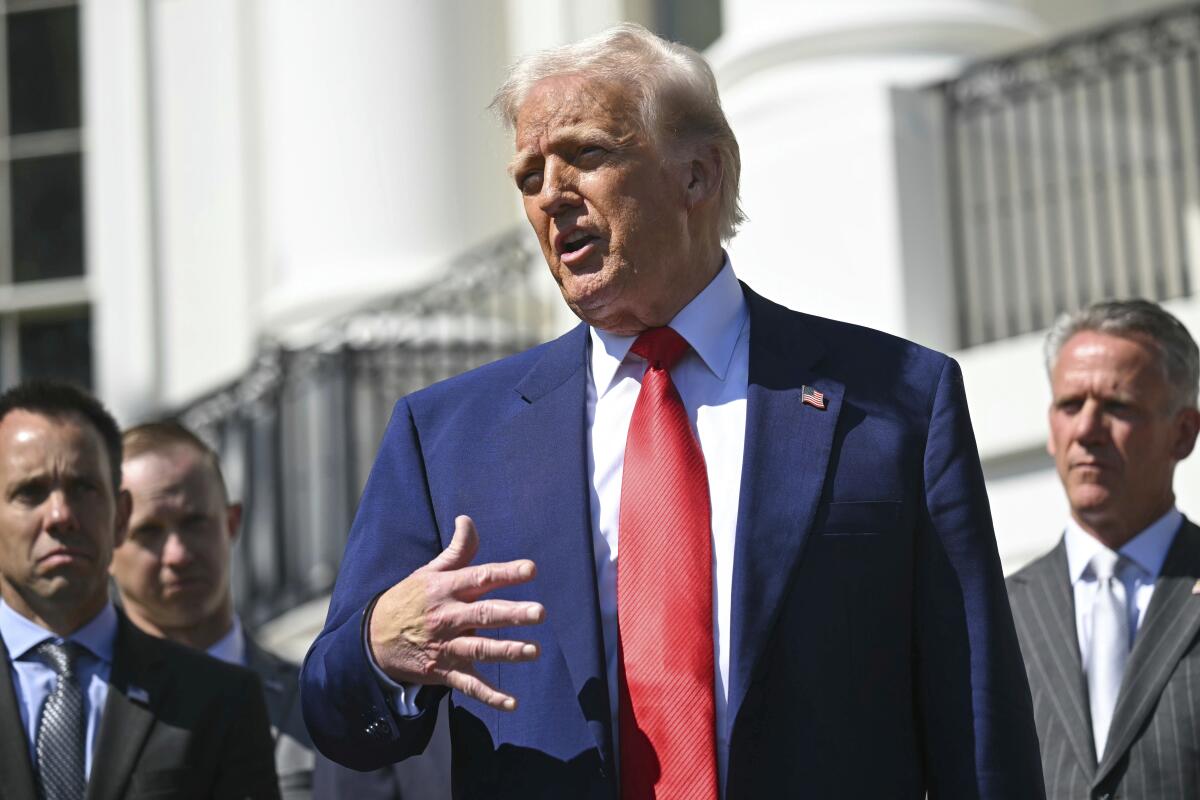Executive Summary
- Pakistan claims to have used Chinese-made J-10C fighter jets to shoot down five Indian aircraft, including French-made Rafales, escalating tensions between the two nations.
- The conflict is seen as a potential testing ground for Chinese military technology against Western hardware, influencing China's role as a major arms supplier.
- Experts suggest that the outcome of this conflict could significantly impact the global arms market and reshape regional deterrence in South Asia.
Event Overview
Following rising hostilities and a tourist massacre in Kashmir, India launched military strikes targeting what it called 'terrorist infrastructure' in Pakistan and Pakistan-administered Kashmir. Pakistan claims its air force retaliated, utilizing Chinese-made J-10C fighter jets to down five Indian aircraft, including advanced Rafale jets. India has not confirmed these losses. This event has brought into focus China’s role as a major arms supplier to Pakistan and the potential implications for regional and global power dynamics.
Media Coverage Comparison
| Source | Key Angle / Focus | Unique Details Mentioned | Tone |
|---|---|---|---|
| Bloomberg | Pakistan's claim of using Chinese jets and keeping Beijing informed. | Quotes Foreign Minister Ishaq Dar and mentions the use of J-10C jets to shoot down five Indian fighter jets. Notes India's lack of official confirmation. | Neutral, factual reporting. |
| CNN | The conflict as a test for Chinese military technology and its impact on the arms market. | Discusses the rise in Chinese defense stocks, China's role as Pakistan's primary arms supplier (81% of imports), potential interest from Middle Eastern and North African countries in Chinese arms, and experts' opinions on the situation. | Analytical, examines geopolitical implications and potential outcomes. |
Key Details & Data Points
- What: Pakistan claims to have used Chinese-made J-10C fighter jets to shoot down five Indian aircraft during an aerial battle following Indian missile strikes on alleged terrorist infrastructure.
- Who: Key actors include Pakistan, India, China, Foreign Minister Ishaq Dar, and various defense analysts and experts. Organizations mentioned are AVIC Chengdu Aircraft, SIPRI, and the Asia-Pacific Foundation.
- When: The events occurred in early May 2025, following weeks of rising hostilities after a tourist massacre in Kashmir, with the aerial battle taking place on Wednesday, May 7, 2025.
- Where: The conflict occurred along the border between India and Pakistan, particularly in the disputed Kashmir region. The implications extend to the global arms market and regional deterrence in South Asia.
Key Statistics:
- Key statistic 1: 40% - Rise in shares of China's AVIC Chengdu Aircraft this week.
- Key statistic 2: 81% - Percentage of Pakistan's imported weapons supplied by China over the past five years (SIPRI).
- Key statistic 3: 17% - Increase in AVIC Chengdu Aircraft shares on Wednesday, followed by another 20% on Thursday.
Analysis & Context
The situation is complex with conflicting claims. Pakistan’s assertion of using Chinese jets and downing Indian planes is a major claim, but India hasn’t confirmed losses. If Pakistan's claims are verified, this incident could significantly boost confidence in Chinese weapon systems and increase its arms sales. However, experts caution that India's losses may stem from tactical errors rather than solely from Chinese advancements. The conflict underscores the growing ties between China and Pakistan and the potential shift in the regional balance of power, challenging American influence.
Notable Quotes
This isn’t just a bilateral clash anymore; it’s a glimpse of how Chinese defense exports are reshaping regional deterrence.
It will potentially be a huge boost for Chinese arm sales in the international market.
From China’s perspective, this is essentially a powerful advertisement.
Conclusion
The recent aerial engagement between India and Pakistan, allegedly involving Chinese-made fighter jets, signifies a dangerous escalation in the Kashmir conflict, moving higher up the escalatory ladder than any time in the '19 crisis. While details remain contested and verification is ongoing, reports suggest a large-scale dogfight occurred, involving approximately 125 fighter jets. Pakistan claims its Chinese-made J-10 fighter jets downed multiple Indian aircraft, including French-made Rafales, marking a potential milestone for Chinese military technology. Independent sources, including BBC Verify, have authenticated footage appearing to show wreckage of an Indian Air Force jet. This event highlights the increasing sophistication and potential impact of Chinese military exports on regional power dynamics and the global arms market, prompting global militaries to analyze the performance of Chinese and European weapons systems in real combat scenarios. The outcome could reshape perceptions of military strength and influence future arms procurement decisions, especially as China seeks to expand its market presence with competitive solutions and fewer political constraints compared to Western suppliers. Further complicating the situation is the risk of miscalculation and escalation between two nuclear-armed states, as well as a parallel disinformation war.
Disclaimer: This article was generated by an AI system that synthesizes information from multiple news sources. While efforts are made to ensure accuracy and objectivity, reporting nuances, potential biases, or errors from original sources may be reflected. The information presented here is for informational purposes and should be verified with primary sources, especially for critical decisions.









